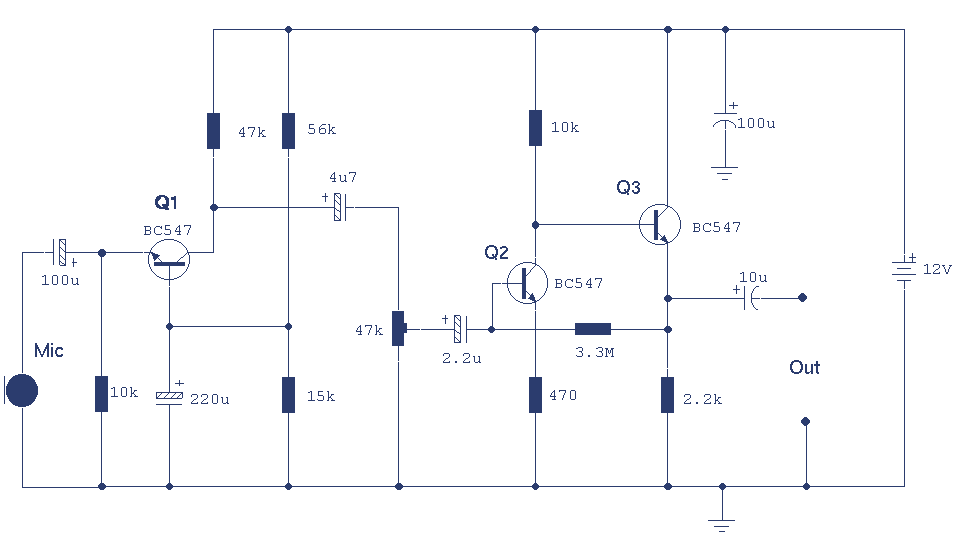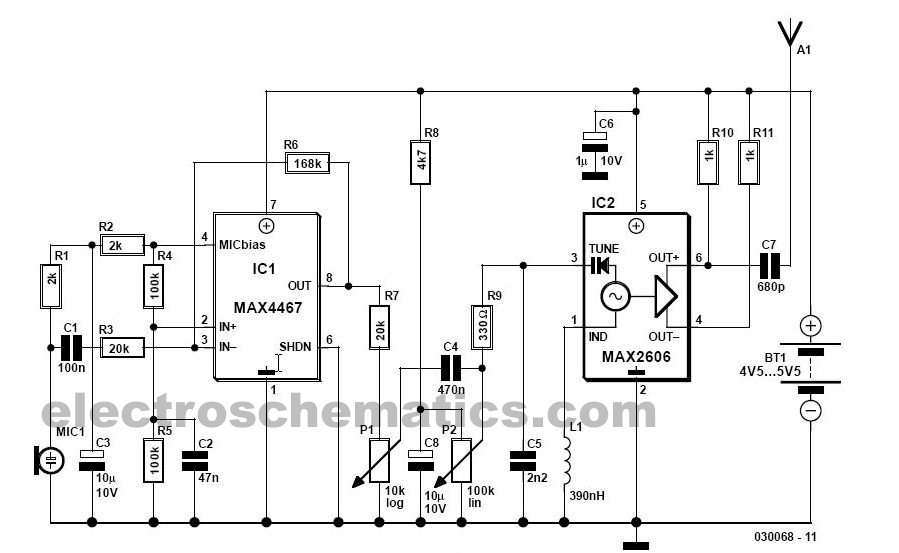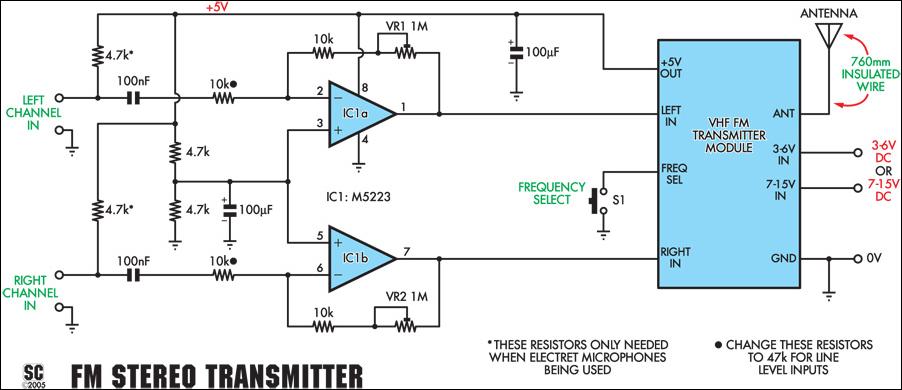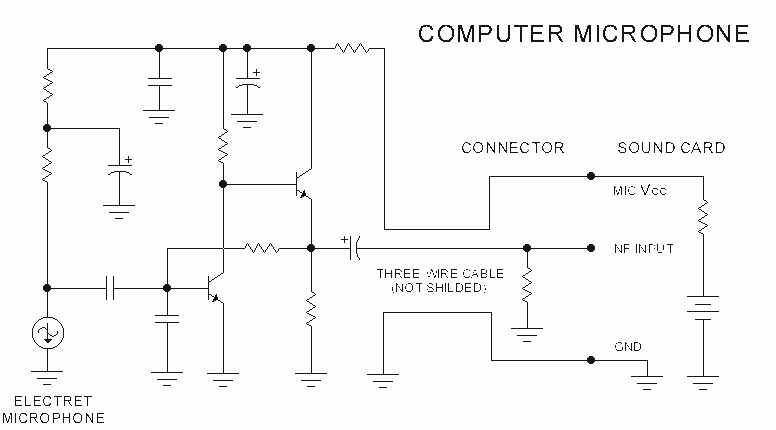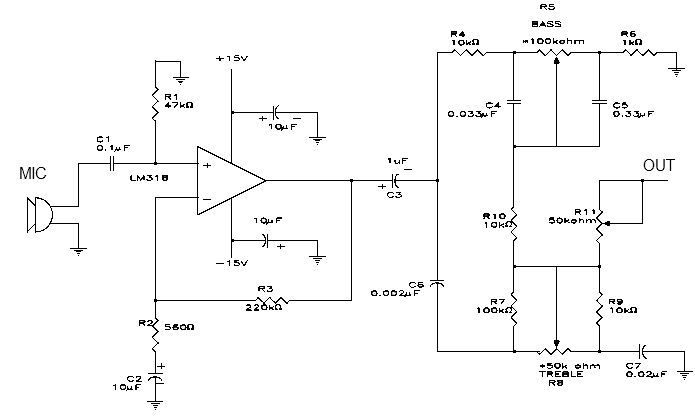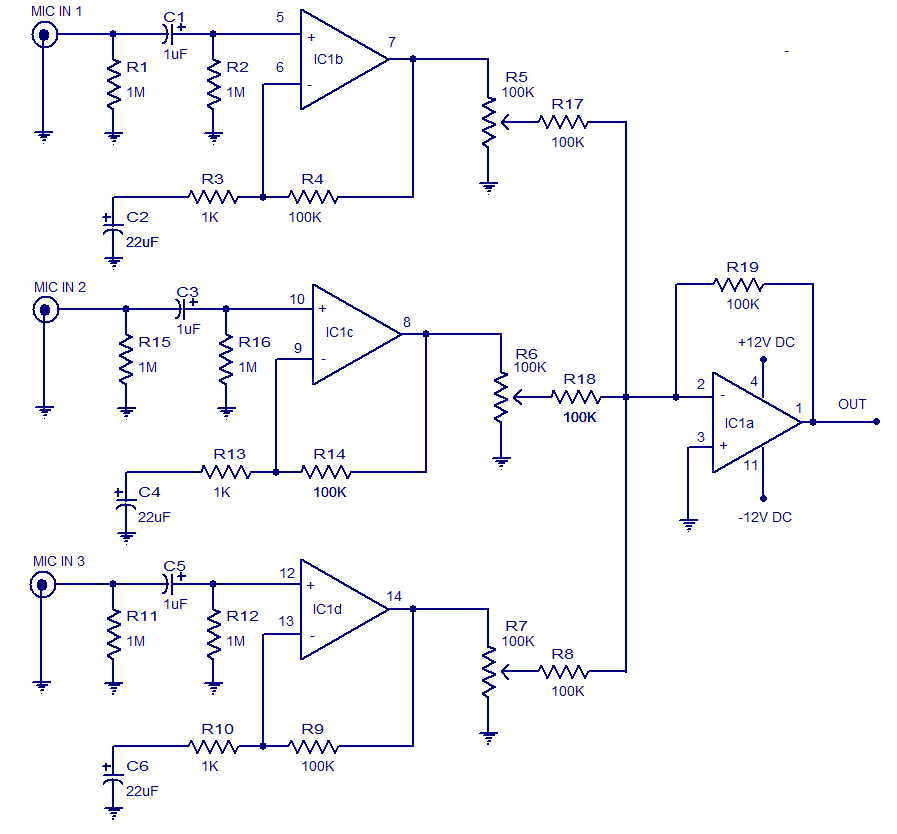
microphone Neumann UM 57
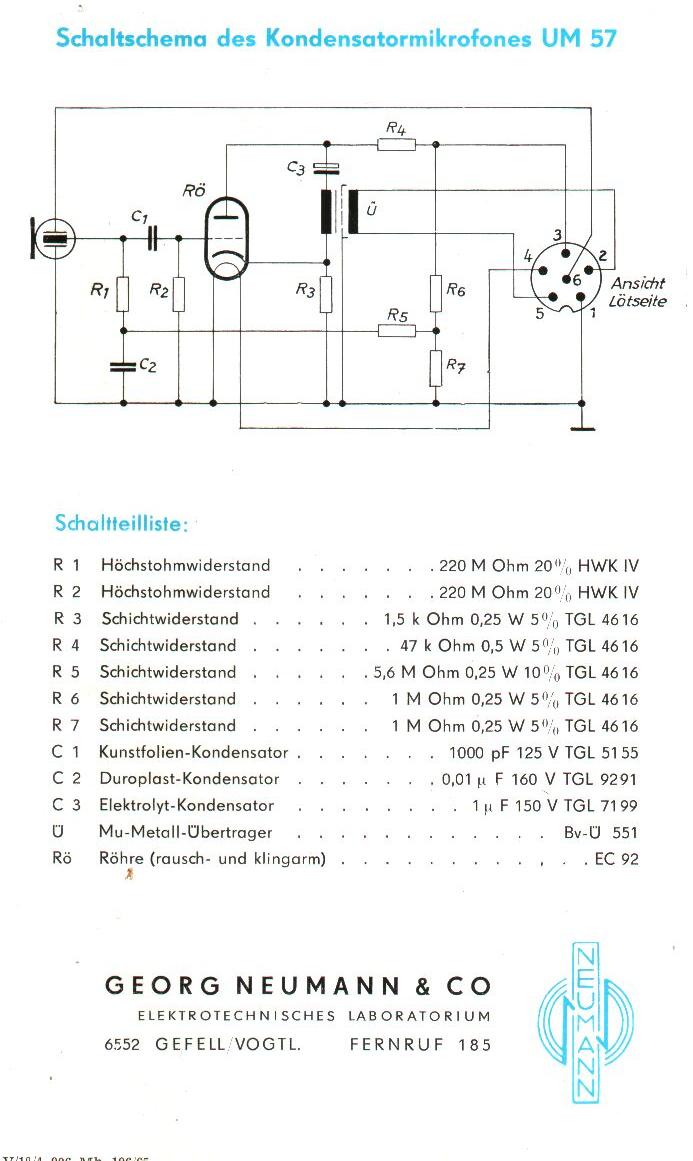
The Neumann/Gefell UM 57 is a large-diaphragm tube condenser microphone produced by the Neumann company in Gefell, Germany, now known as Microtech-Gefell. This microphone features the renowned M7 capsule from Gefell, which is a dual-diaphragm, center-terminated design with a PVC diaphragm. It offers three selectable polar patterns through a switch on the power supply: Cardioid, Omni, and Figure of 8. The legacy of the UM57 was honored during Microtech Gefell's 75th anniversary in 2003 with the introduction of the limited-edition UM 75, which serves as a recreation of the UM57. However, there are significant differences between the two microphones. Due to the age and the scarcity of high-quality audio components in East Germany during the production of the UM57, many units do not perform to their full potential. Oliver Archut of AMI/Tab-Funkenwerk recommends various modifications to enhance the performance of these microphones and bring them closer to the capabilities of the M7 capsule.
The Neumann/Gefell UM 57 microphone is an iconic example of audio engineering, particularly in the realm of studio recording. Its large-diaphragm design allows for exceptional sensitivity and a broad frequency response, making it suitable for capturing vocals and a wide array of instruments with clarity and detail. The M7 capsule is a critical component of this microphone's design, featuring a dual-diaphragm configuration that enables the selection of different polar patterns, which is essential for various recording scenarios.
The polar patterns available—Cardioid, Omni, and Figure of 8—provide versatility for sound capture in different environments. The Cardioid pattern is ideal for isolating sound sources, reducing ambient noise, while the Omni pattern captures sound equally from all directions, making it suitable for ensemble recordings. The Figure of 8 pattern is useful for capturing sound from the front and rear, which is beneficial for certain live recording situations or when two sound sources need to be recorded simultaneously.
The UM 57's historical significance is further highlighted by the limited-edition UM 75, which was introduced to commemorate the 75th anniversary of Microtech Gefell. While the UM 75 was designed to replicate the original UM 57, advancements in materials and technology have led to differences in performance characteristics. The original UM 57 microphones, due to the constraints faced during their production in East Germany, may exhibit performance inconsistencies. Oliver Archut's modifications aim to address these shortcomings by enhancing the internal components and circuitry, thereby optimizing the microphone's performance to better align with the intended capabilities of the M7 capsule.
In summary, the Neumann/Gefell UM 57 is a significant piece of audio equipment with a rich history, notable for its innovative design and versatility in polar pattern selection. Its legacy continues to influence modern microphone design and recording practices.The Neumann/Gefell UM 57 was a large-diaphragm tube condenser microphone manufactured by the Neumann company of Gefell, Germany, currently known as Microtech-Gefell. The mic used the Gefell company`s famous M7 capsule. This was a dual-diaphragm, center-terminated capsule with a PVC (plastic) diaphragm. It supported three polar patterns via a switc h on the power supply: Cardioid, Omni, Figure of 8. The UM57`s legacy was celebrated during Microtech Gefell`s 75th anniversary in 2003, with the introduction of the limited-edition UM 75, which was presented as a recreation of the UM57. However, numerous differences existed between these two microphones: Due to age, and a shortage of high-quality audio components in East Germany when these microphones were made, many UM57 microphones underperform their potential.
Oliver Archut of AMI/Tab-Funkenwerk suggests numerous modifications to move the [microphones] closer to the full potential of [the] M7 capsule: 🔗 External reference
The Neumann/Gefell UM 57 microphone is an iconic example of audio engineering, particularly in the realm of studio recording. Its large-diaphragm design allows for exceptional sensitivity and a broad frequency response, making it suitable for capturing vocals and a wide array of instruments with clarity and detail. The M7 capsule is a critical component of this microphone's design, featuring a dual-diaphragm configuration that enables the selection of different polar patterns, which is essential for various recording scenarios.
The polar patterns available—Cardioid, Omni, and Figure of 8—provide versatility for sound capture in different environments. The Cardioid pattern is ideal for isolating sound sources, reducing ambient noise, while the Omni pattern captures sound equally from all directions, making it suitable for ensemble recordings. The Figure of 8 pattern is useful for capturing sound from the front and rear, which is beneficial for certain live recording situations or when two sound sources need to be recorded simultaneously.
The UM 57's historical significance is further highlighted by the limited-edition UM 75, which was introduced to commemorate the 75th anniversary of Microtech Gefell. While the UM 75 was designed to replicate the original UM 57, advancements in materials and technology have led to differences in performance characteristics. The original UM 57 microphones, due to the constraints faced during their production in East Germany, may exhibit performance inconsistencies. Oliver Archut's modifications aim to address these shortcomings by enhancing the internal components and circuitry, thereby optimizing the microphone's performance to better align with the intended capabilities of the M7 capsule.
In summary, the Neumann/Gefell UM 57 is a significant piece of audio equipment with a rich history, notable for its innovative design and versatility in polar pattern selection. Its legacy continues to influence modern microphone design and recording practices.The Neumann/Gefell UM 57 was a large-diaphragm tube condenser microphone manufactured by the Neumann company of Gefell, Germany, currently known as Microtech-Gefell. The mic used the Gefell company`s famous M7 capsule. This was a dual-diaphragm, center-terminated capsule with a PVC (plastic) diaphragm. It supported three polar patterns via a switc h on the power supply: Cardioid, Omni, Figure of 8. The UM57`s legacy was celebrated during Microtech Gefell`s 75th anniversary in 2003, with the introduction of the limited-edition UM 75, which was presented as a recreation of the UM57. However, numerous differences existed between these two microphones: Due to age, and a shortage of high-quality audio components in East Germany when these microphones were made, many UM57 microphones underperform their potential.
Oliver Archut of AMI/Tab-Funkenwerk suggests numerous modifications to move the [microphones] closer to the full potential of [the] M7 capsule: 🔗 External reference
